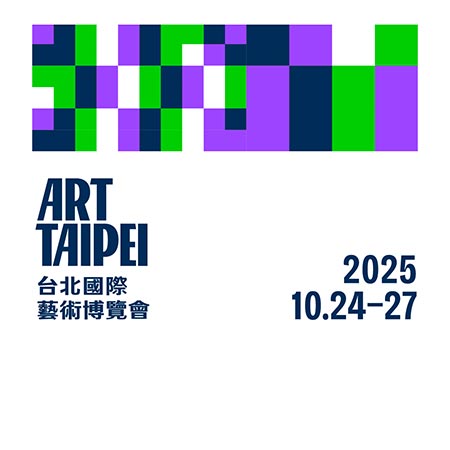Lee Chae
Korea
Lee Chae's artistic practice has never been about the depiction of tangible objects themselves, but rather about the emotions and thoughts evoked within the viewer who gazes upon them. Beginning with his early Blue Flower series, his work gradually evolved through depictions of trees and forests, and more recently, to wind and sea. His brushstrokes flow fluidly between nature and emotion, transforming natural landscapes from mere representations of reality into extensions of inner rhythm—traces where time and memory intertwine.
In his creative process, Lee paints with deliberate precision, working quietly and attentively as he applies a thin layer of pigment to the canvas, then gently wipes it away, leaving no unnecessary marks. This repetitive act of layering and erasing becomes a form of meditation, through which the surface breathes with visible rhythm, turning the canvas into a site where emotion and memory converge.
Inspired by the cycles of growth and decay in nature's flowers, trees, and plants, Lee's Blue Flower series reflects his contemplation of vitality and transience. In the Afterimage series, he constructs spatial structures through the diffusion and repetition of forms, allowing shapes to linger like visual echoes. His most recent work, Baramkkot (Wind Flower), captures the delicate traces of moving air—soft ripples of moisture that expand gently like waves, evoking a serene and far-reaching stillness.
Born in 1989 in South Korea, Lee Chae holds a Master's degree in Aesthetics from Hongik University. The deep “blue” that often dominates his works has become his artistic signature, symbolizing both introspection and infinity. Through the cyclic, repetitive gestures of her process, he layers traces of time upon a single path, seeking to express the subtle connections between action and thought. His works are included in the collections of the Government Art Bank of National Museum of Modern and Contemporary Art, Korea and Lotte Hotel World in Seoul.

